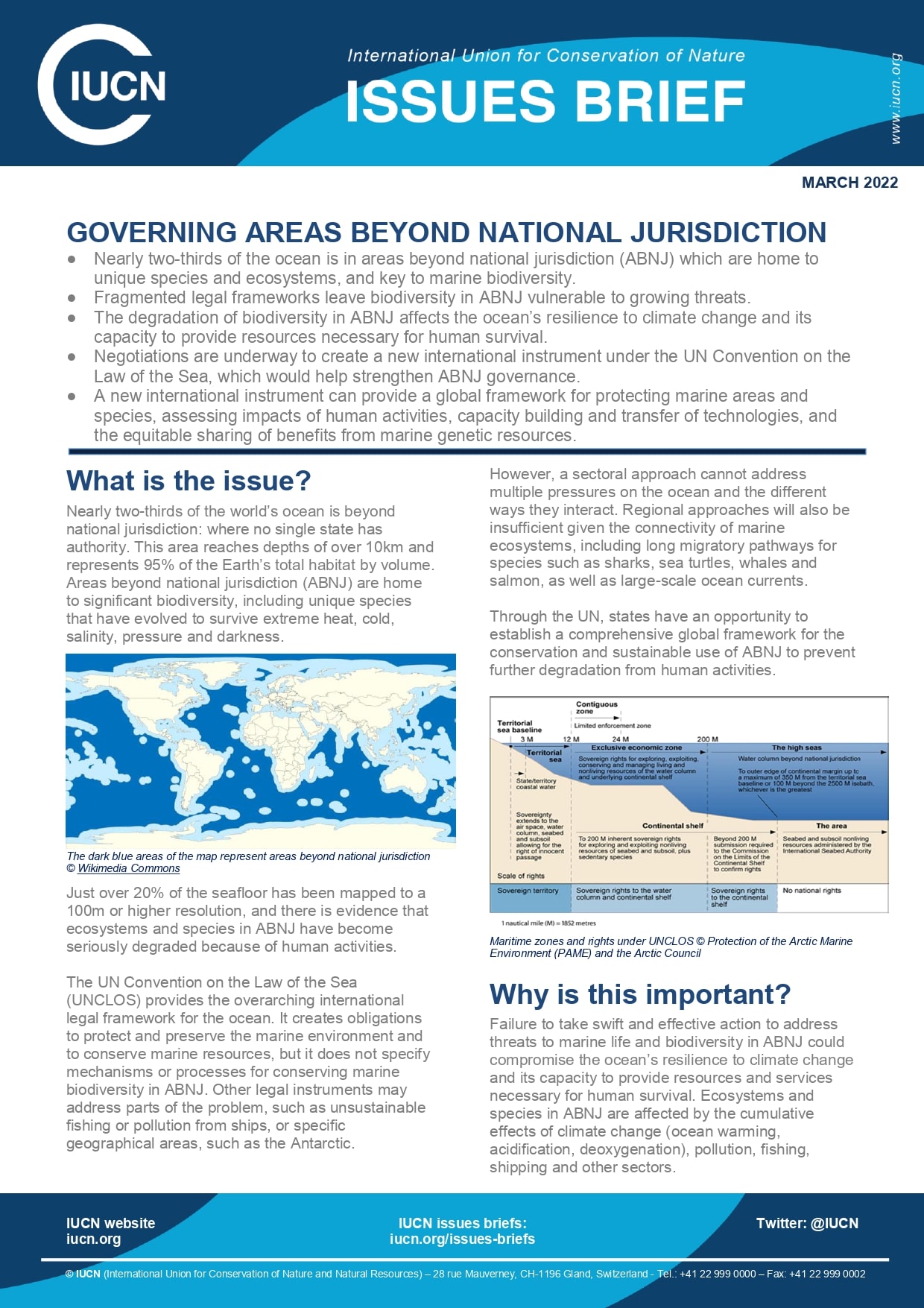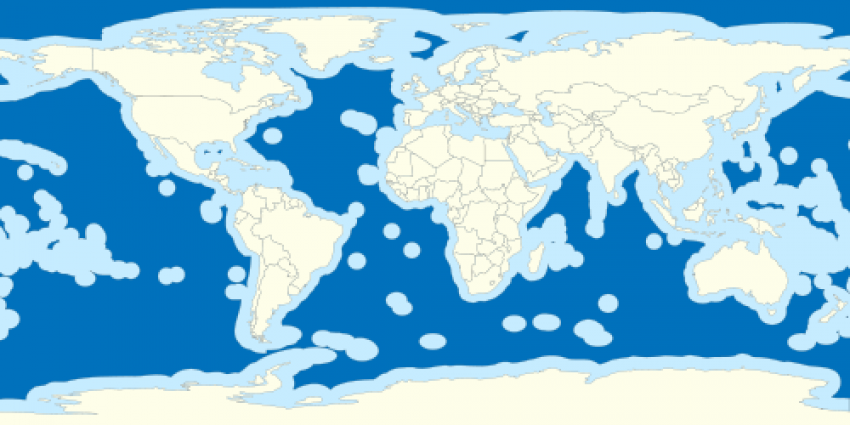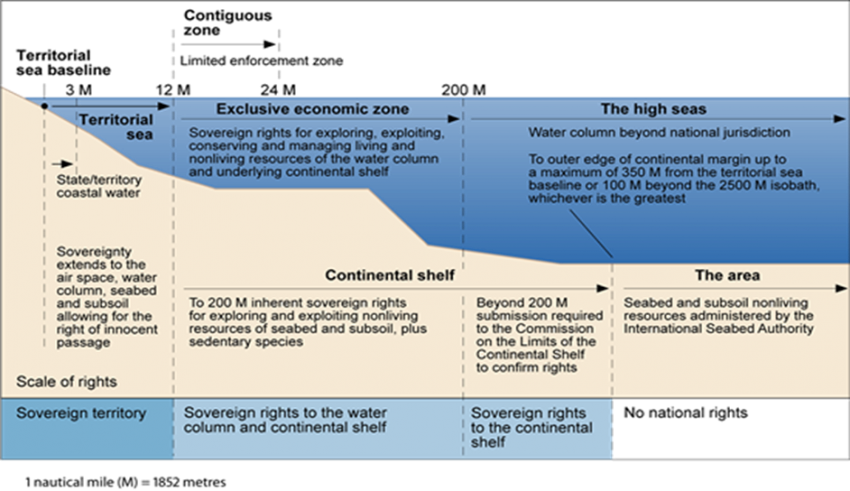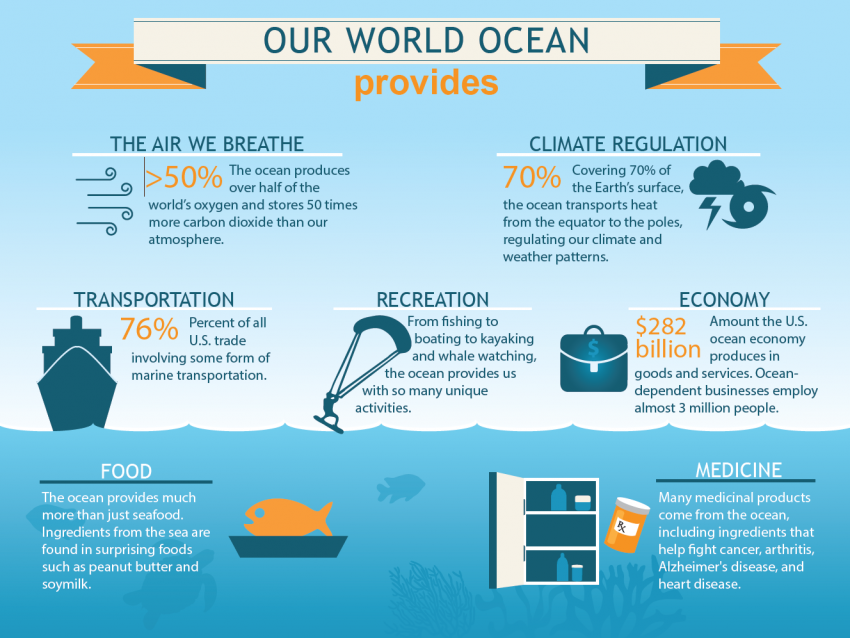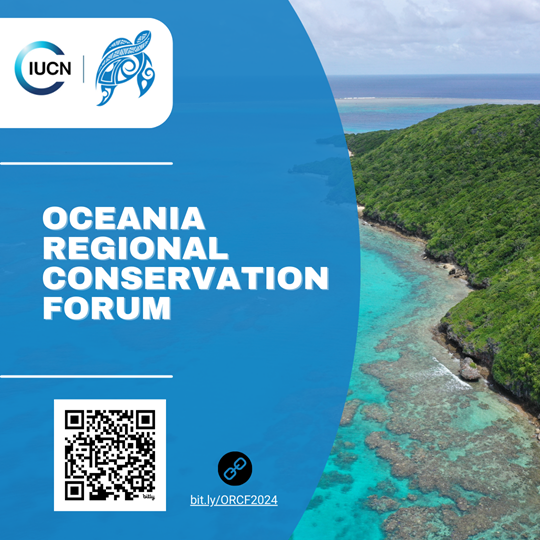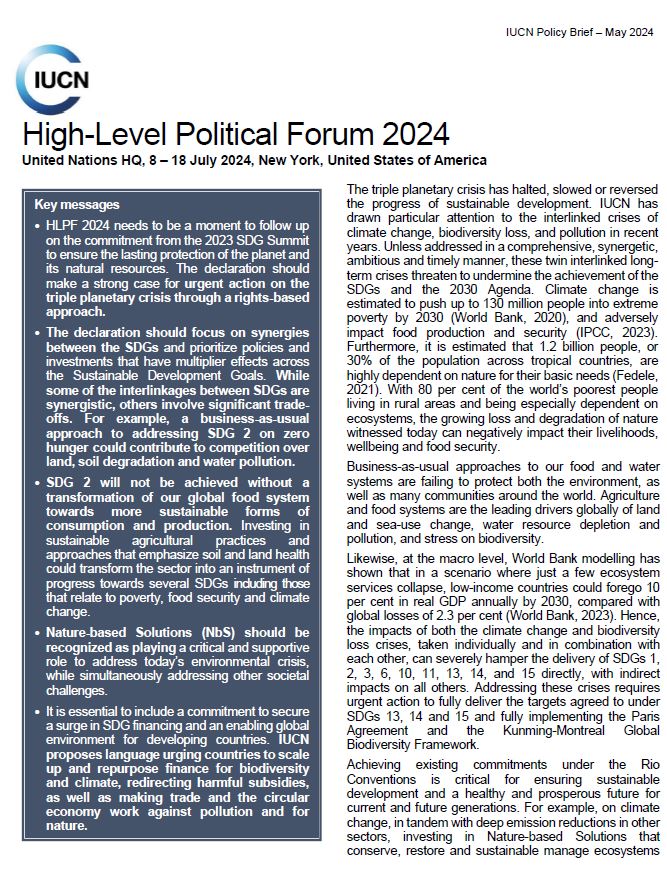Just over 20% of the seafloor has been mapped to a 100m or higher resolution, and there is evidence that ecosystems and species in ABNJ have become seriously degraded because of human activities.
The UN Convention on the Law of the Sea (UNCLOS) provides the overarching international legal framework for the ocean. It creates obligations to protect and preserve the marine environment and to conserve marine resources, but it does not specify mechanisms or processes for conserving marine biodiversity in ABNJ. Other legal instruments may address parts of the problem, such as unsustainable fishing or pollution from ships, or specific geographical areas, such as the Antarctic.
However, a sectoral approach cannot address multiple pressures on the ocean and the different ways they interact. Regional approaches will also be insufficient given the connectivity of marine ecosystems, including long migratory pathways for species such as sharks, sea turtles, whales and salmon, as well as large-scale ocean currents.
Through the UN, states have an opportunity to establish a comprehensive global framework for the conservation and sustainable use of ABNJ to prevent further degradation from human activities.

